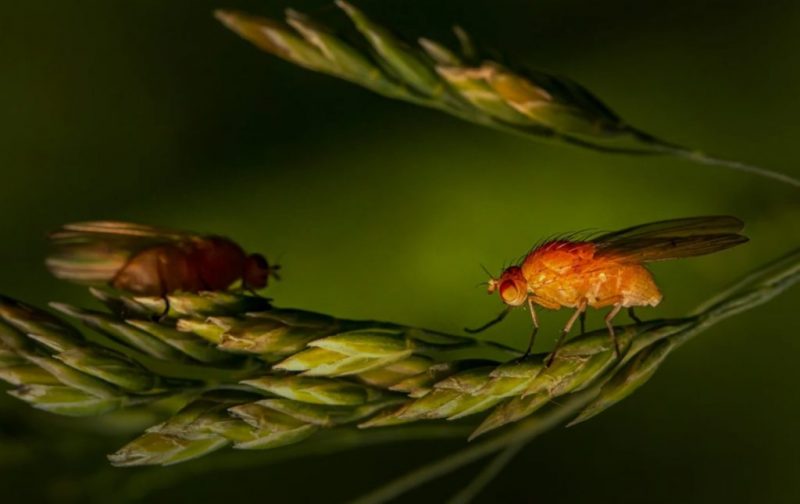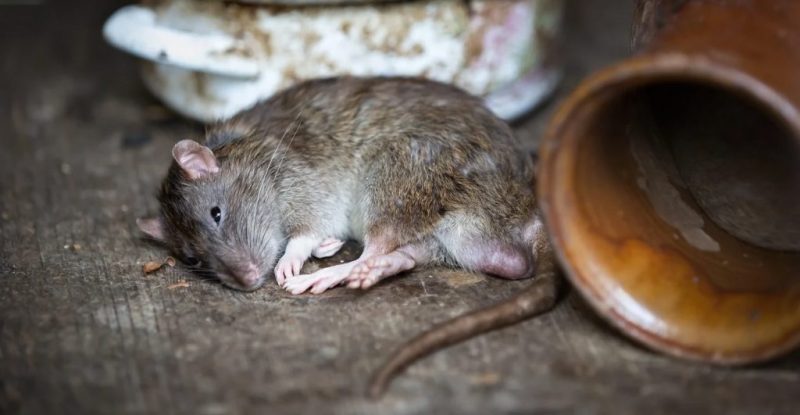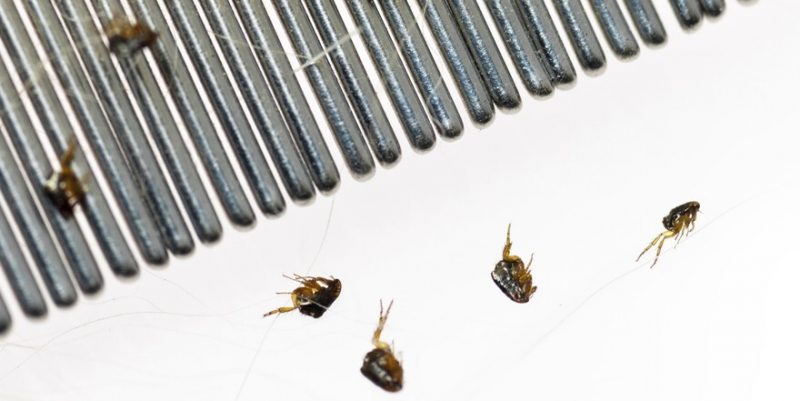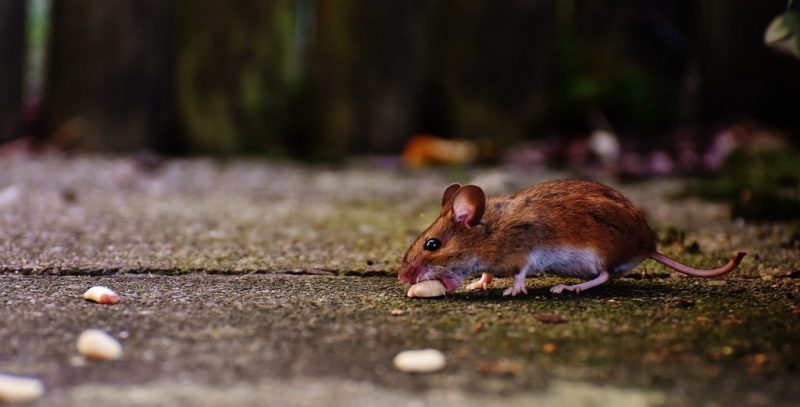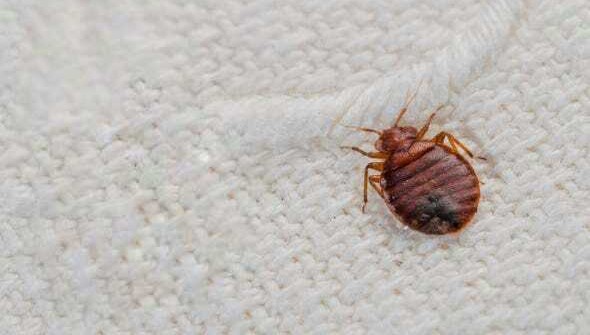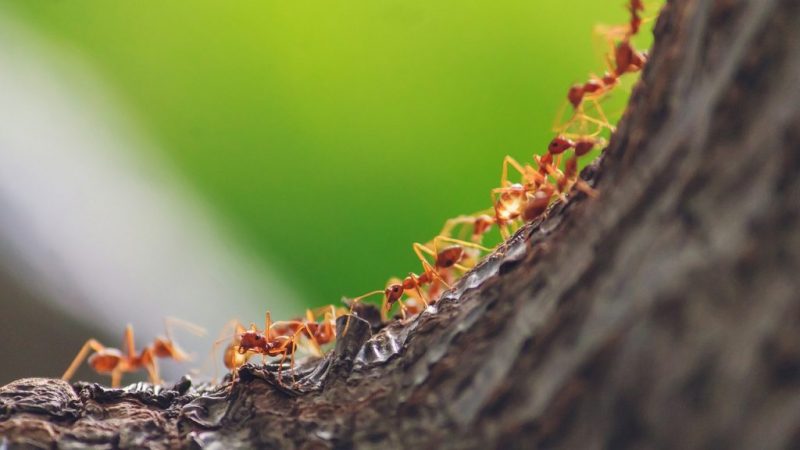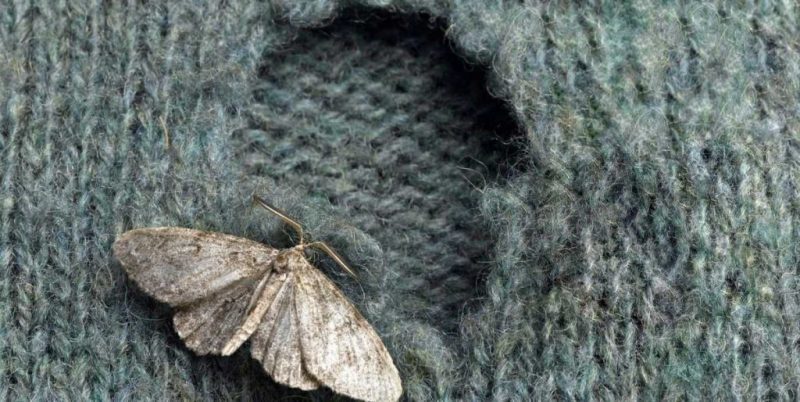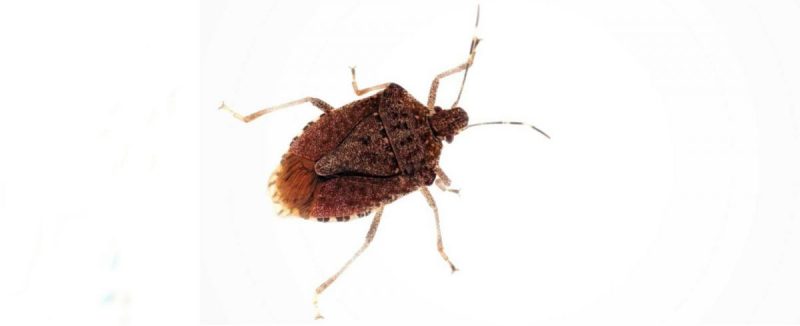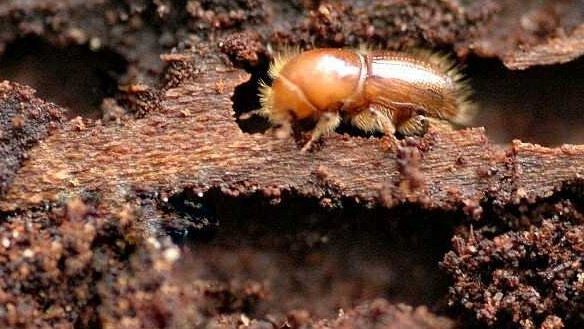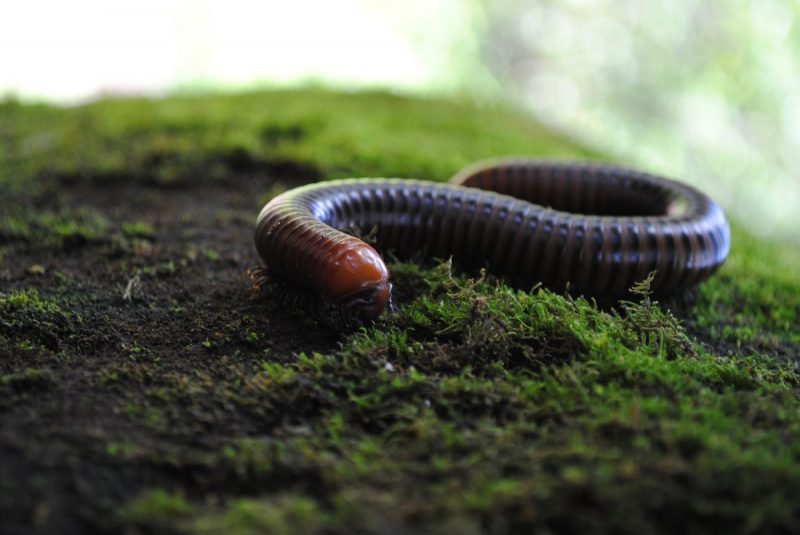Vinegar flies generally appear at the end of the warm season and can easily enter homes in search of food and shelter.
Pest Control
With the development of human society and the expansion of inhabited areas, certain species of animals (insects, birds, reptiles, mammals) and micro-organisms have become harmful as a result of interference with human activities, many of which cause discomfort or significant damage to household or local level.
The Pest Control category includes various articles on prevention or control measures that can be taken to control the activity of pest species.
Rats can be found both inside the house and outside (in the garden, on terraces, etc.). Their presence is most often reported in the kitchen, food areas or waste storage areas. They can cause damage to food, furniture, floors/walls (in an attempt to enter the home). In addition, they can carry diseases and pests (fleas, ticks).
Fleas belong to the order Siphonaptera and are very small parasitic insects, found both outdoors and indoors. Fleas can jump up to 1 m high, which makes these pests harder to control. Insecticide treatments are used to combat flea activity.
Mice can be present both inside the house and outside (in the garden, on terraces, etc.). Their presence is most often reported in the kitchen or food storage areas, as they are attracted by their smell. In addition to the damage they can cause to food and floors/walls (trying to enter the home), they can also carry diseases and pests such as fleas and ticks.
Lately, bedbugs have become an increasingly common problem in Romania. However, it is important to know that the appearance of these pests is not related to the lack of cleanliness in the space. Also, they cannot migrate from other areas (e.g. from neighbours), as is the case with other insects.
Ants can be present in a space as long as they have food and water sources. Therefore, in addition to carrying out insecticide treatments, an important step in effective ant control is to eliminate food and water sources and to carry out and maintain cleanliness in the treated space.
Textile moths (Tineola bisselliella) are a species of insect of the order Lepidoptera, reported since the 19th century. Although specific to the northern hemisphere (Europe, Asia), the species has also spread to Australia. In some regions, two more species of moths have been identified: Tinea pellionella and Hofmannophila pseudospretella (less common).
What are the sign of infestation with stink bugs? What treatments can be performed and what products can be used? Find out in this article.
The damage is caused by larvae that enter the wood, at first through holes hardly visible to the naked eye, then feed, forming galleries, which contain a specific powder. Thus, they can cause holes in various wooden structures such as floors, furniture, support beams, etc.
What are the sign of infestation with millipedes? What treatments can be performed and what products can be used? Find out in this article.
We help you
to take care of your plants
If you haven't yet found solutions in our articles or previous discussions, start a new discussion and our experts will help you.














































































































































































































































































































































































































































